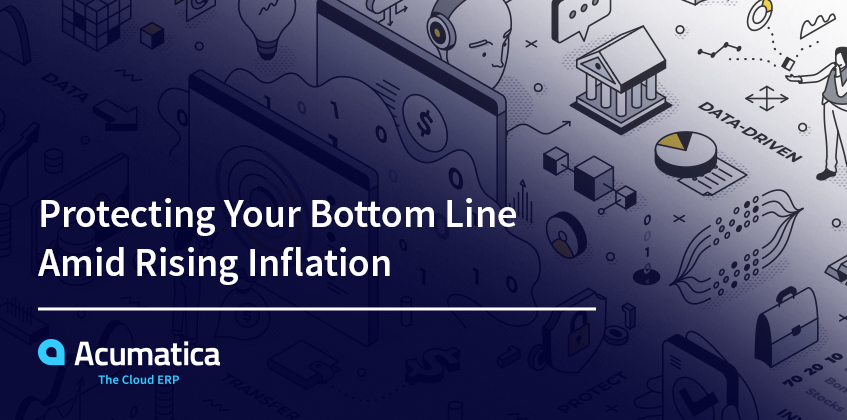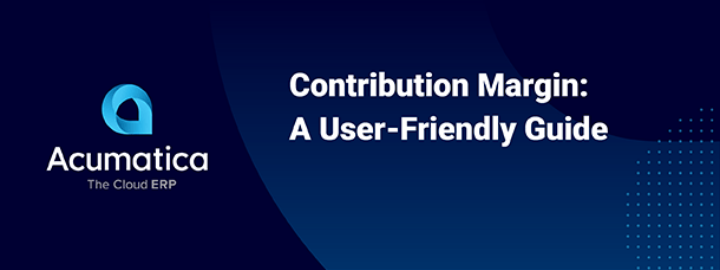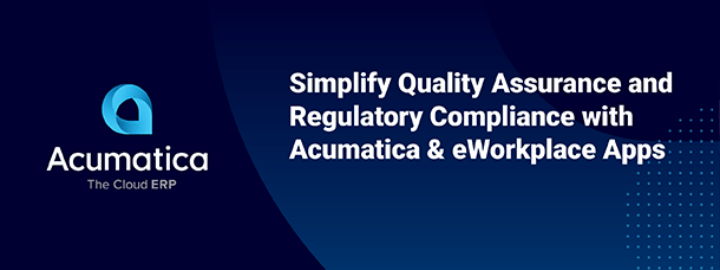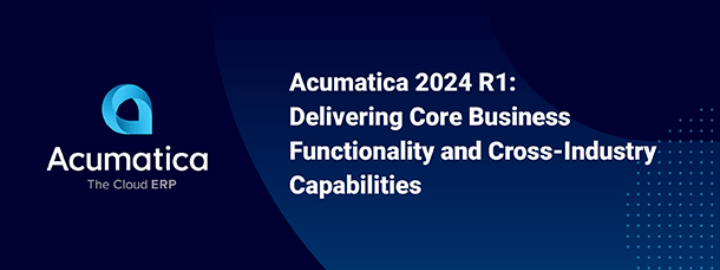
In June, the U.S. inflation rate reached 9.1%, exceeding market forecasts and snagging the dubious honor of being the highest rate since November 1981. Unfortunately, the rising prices and the currency’s falling purchasing power are affecting everyone, including small and mid-sized businesses (SMBs) already struggling with supply chain and staffing shortage issues.
How do hurting SMBs counter these ongoing challenges and protect their bottom line? By doing a combination of things, including implementing new strategies, revamping processes, and embracing modern technology, like cloud ERP software.
Surviving Rising Inflation with Cloud ERP Software
According to a Vantage Market Research report, the cloud ERP market is expected to reach USD 47,760.01 million by 2028. The unprecedented pandemic, the current inflation, and the possible recession are pushing businesses to undergo digital transformations as they seek to reduce costs, improve employee productivity, and increase overall efficiency.
Businesses are also looking to harness the power of data as they strive to make wise decisions in the face of uncertainty. With cloud ERP software, data from all departments synchronizes and merges into a centralized location, which means SMBs no longer must collate and update information manually. Instead, data dissemination and collection is automatic, allowing SMBs a comprehensive and accurate view of their data. Because knowledge is power, SMBs have the knowledge they need to anticipate and adjust prices to address inflationary pressures.
Along with their heightened knowledge, visibility, and insight, SMBs receive real-time inventory and order management capabilities. This means they have the ability to:
- Simplify returns and exchanges
- Assess inventory levels across locations easily
- Track costs, identify low-cost vendors, and minimize freight charges
- Reduce write-offs for expired/obsolete inventory
The elimination—or at least reduction—of time and effort spent on manually managing orders and inventory requirements is a direct benefit of the process automation capabilities found in cloud-based business management systems. Process automation frees employees to focus on other business-enhancing tasks and saves them from manually locating information and forms, organizing/tracking receivables, creating sales orders, emailing invoice notices, and much more.
Furthermore, cloud ERP software costs far less than systems that require expensive hardware, which must be installed as well as maintained, updated, and secured via a full-fledged and costly IT staff. With cloud ERP software, SMBs are more agile, can work faster (more efficiently), and can continue to grow—even in the face of unexpected crises.
How to Select the Right Cloud ERP Software
Though the benefits of implementing modern cloud ERP software are abundantly clear, finding the right cloud ERP software is not an easy task—nor is it an inexpensive one. As such, it’s important that an SMB invest in a worthy product from the beginning.
Here are the three top features to look for before making an ERP decision:
1. Comprehensive Offering
Does the ERP solution provide financial management functionality as well as vertical-specific functions, such as sales, CRM, manufacturing, distribution, etc. in a single-platform offering, and does it allow for seamless integrations with crucial third-party applications? A single, open, and flexible platform is a necessity when seeking to increase efficiency and profitability.
2. Deployment Flexibility
With constant internal changes (e.g., compliance requirements) and external changes (e.g., inflation), businesses may need to adjust how they deploy their ERP solution. Forward-thinking ERP vendors anticipate this need and allow penalty-free adjustments.
3. Data Rights
Often, businesses that have implemented an ERP solution assume they own their own ERP data. However, it’s common practice among many software vendors to confuse the issue by not specifically delineating customers’ data rights in their multi-page and complex SaaS end-user license agreement (EULA). Having the right to use the software—where the business’ data lives—doesn’t necessarily grant data ownership to the business. Before signing an agreement, ensure this issue is fully explained and agreed upon.
Why Acumatica is the Right Cloud ERP Software
Inflation, supply chain woes, and The Great Resignation are not expected to end any time soon. However, SMBs relying on modern, comprehensive, and cloud-based business management software, like Acumatica, have the tool they need to make strategic decisions, automate processes, and reduce costs. These are necessary components in becoming a connected business, which is a prerequisite for success in today’s marketplace.
Acumatica customer Elena Mheidze, CFO, Erickson International, says, “If you are a midsized business that desires to grow and has the need to unify your locations, Acumatica brings this amazing gain; it connects people. In today’s world, we need communication, and Acumatica provides the ability to have information at your fingertips that’s unified and delivered fast. Acumatica has everything I need.”
In light of everything that’s happening, this is high praise indeed. We hope SMBs struggling to overcome internal and external forces will reach out to our experts with any questions or to schedule a demonstration.














